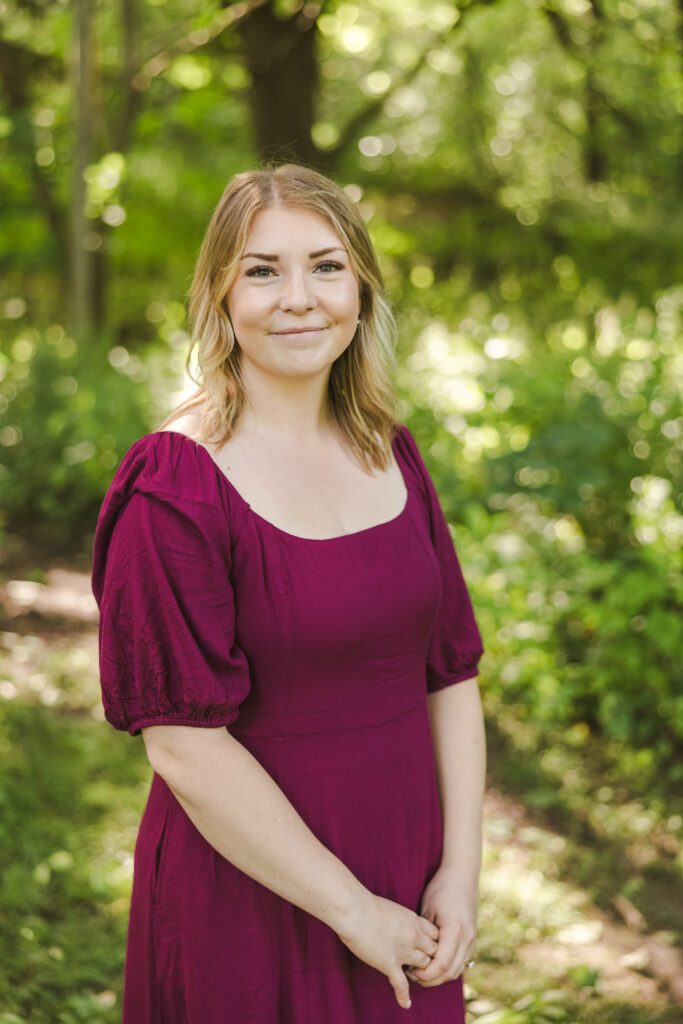Before I start speaking about the artifact for this course, I wanted to take a moment to reflect on the learning I’ve done throughout this experience. Three years ago, I had the privilege of working and living on a Métis Settlement in Northern rural Alberta. At that time, I was eager to learn from my students and the community, deeply committed to reconciliation, and determined to help my students in any way I could. Since then, I’ve spent a lot of time reflecting on my time there, and if I had the chance to do it over, I would approach things very differently. This course has taught me so much about what reconciliation can look like for educators, and it has deepened my understanding of Canada’s history and the experiences of Indigenous peoples. I’ve had the opportunity to hear a range of perspectives on important topics, for which I’m incredibly grateful. If I lived in that community now, I would make a greater effort to connect with community members and Indigenous leaders to learn more about the settlement and its people. I would also focus on learning from my colleagues at the school about how to incorporate the land into my teaching and bring in community partners, parents, and families to strengthen the connection between school and home. Lastly, I would have embraced the invitations to attend community events and stepped out of my comfort zone more in order to truly engage with the community.
In my current practice, I work in a school with a very small Indigenous population. Even so, I incorporate Indigenous knowledge all year long to make the experience more authentic. I have started working with our Cultural Club at school to bring in more Indigenous voices, activities and learning opportunities. I will continue to grow my allyship by learning from others, listening to Indigenous voices, and actively promoting reconciliation through meaningful engagement and collaboration.
This artifact is a resource created by myself and two group members as part of a proposal to eliminate section 43 of the Canadian Criminal Code of Conduct, which justifies the use of force by teachers, parents, or guardians for corrective purposes, as long as the force is considered “reasonable under the circumstances.” Our resource aims to raise awareness about the implications of this law and advocate for its removal in order to promote safer, more respectful approaches to discipline.
While I’m not a parent, there are valuable strategies in this document that I use every day in my practice. Positive Behaviour Intervention Strategies (PBIS) has been particularly helpful when I’m running out of ideas to support a student. PBIS World has provided excellent suggestions for teaching new strategies to students, fostering independence and improving behavior in a positive, constructive way.
I’ve started implementing restorative justice circles in my classroom, even with our youngest learners, to promote voice and choice. By incorporating more culturally responsive resources, I’ve sparked meaningful discussions among my grade ones. These efforts have helped create an environment where students feel heard and respected, fostering a deeper understanding of diverse perspectives.

Lastly, I have vigorously taught problem-solving skills and personally use Kelso’s Choice to teach a range of Social Emotional Learning skills. This approach has not only helped improve communication between me and my students, but also enhanced their interactions with other students, families, and community members, fostering stronger relationships and better conflict resolution skills.
